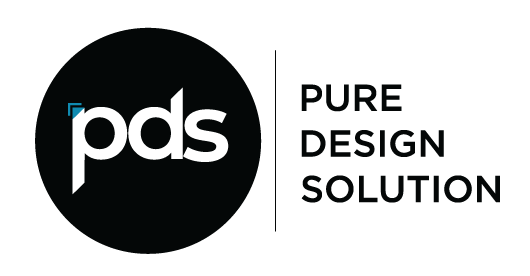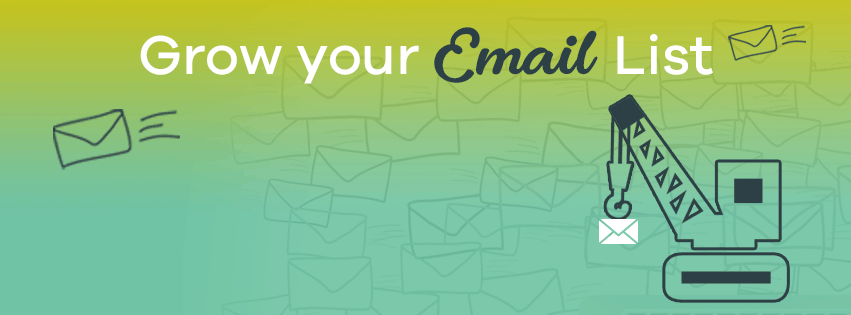According to the Direct Marketing Association, the average ROI for email marketing is estimated to be a lucrative 4,300%. HubSpot further states, 80% of businesses feel email marketing increases customer retention and sales. However, many businesses who want to create impactful email campaigns face two critical challenges today –
- As email lists age, a lot of IDs become inactive or invalid. How can they filter through the data to get good quality email data?
- New guidelines governing consumer privacy prohibit businesses from sending out mass emails without a formal consent from the recipients. How do you show proof of consent?
Let’s go ahead and take a look at how you can transform an aging email list into your brand’s biggest asset.
Step 1 – Clean Up Your Old List
![]() If you have thousands of email IDs on-file from over the years, it might not be in accordance with CAM-SPAM, CCPA and GDPR laws, which require an explicit, documented opt-in from consumers. Furthermore, many email IDs might be inactive, duplicate or incorrect, which results in a high bounce rate. This is why it is important to comb through these old email IDs – to remove irrelevant ones immediately. In addition, you can conduct a re-engagement email campaign – this will enable you to identify subscribers on your old list who are interested in your brand from those who may have fallen off the grid. Please remember – it is much better to have a tighter list of high-value prospects, who have signed up for your email, than hundreds of thousands of general prospects who are absolutely disengaged from your brand.
If you have thousands of email IDs on-file from over the years, it might not be in accordance with CAM-SPAM, CCPA and GDPR laws, which require an explicit, documented opt-in from consumers. Furthermore, many email IDs might be inactive, duplicate or incorrect, which results in a high bounce rate. This is why it is important to comb through these old email IDs – to remove irrelevant ones immediately. In addition, you can conduct a re-engagement email campaign – this will enable you to identify subscribers on your old list who are interested in your brand from those who may have fallen off the grid. Please remember – it is much better to have a tighter list of high-value prospects, who have signed up for your email, than hundreds of thousands of general prospects who are absolutely disengaged from your brand.
Step 2 – Keep Adding New & Relevant Email IDs
![]() In addition to scrubbing your pre-existing email list clean, you also need to build to this list with new leads. This can be accomplished fairly easily. Consider setting up “honey pots” on your Website with different offers on different pages to collect subscribers. For example, you can capture leads on your blog page who sign-up to download a free resource guide you created. You can capture leads who are interested in a demo of your product on your “shop now” page. You can capture leads who are interested in your Webinars through ‘Registration forms’. Make sure you collect leads in accordance with consumer privacy laws, keep documentation in place. Further, you can set segmentation based on the lead funnel they came through (i.e. the area of your Website they showed interest in). That brings us to our next point – – –
In addition to scrubbing your pre-existing email list clean, you also need to build to this list with new leads. This can be accomplished fairly easily. Consider setting up “honey pots” on your Website with different offers on different pages to collect subscribers. For example, you can capture leads on your blog page who sign-up to download a free resource guide you created. You can capture leads who are interested in a demo of your product on your “shop now” page. You can capture leads who are interested in your Webinars through ‘Registration forms’. Make sure you collect leads in accordance with consumer privacy laws, keep documentation in place. Further, you can set segmentation based on the lead funnel they came through (i.e. the area of your Website they showed interest in). That brings us to our next point – – –
Step 3 – Segment; Then Segment Some More!
![]() Once you’ve cleaned out your old email list and set up a funnel to channel new leads from your Website into the system on an ongoing basis, it is crucial to segment your list intelligently based on action steps each subscriber takes. According to DMA, email list segmentation is the most effective tactic for 51% of marketers! MailChimp’s research indicates segmented campaigns enjoy 14.31% higher open rates and 100.95% higher click-through rates.
Once you’ve cleaned out your old email list and set up a funnel to channel new leads from your Website into the system on an ongoing basis, it is crucial to segment your list intelligently based on action steps each subscriber takes. According to DMA, email list segmentation is the most effective tactic for 51% of marketers! MailChimp’s research indicates segmented campaigns enjoy 14.31% higher open rates and 100.95% higher click-through rates.
Consider segmenting your list based on the following areas –
-
- Location – Consider creating a list based on popular areas of high, medium or low traffic. If you have a consumer-facing business, you can take advantage and drive local traffic by geotargeting.
- Industry – An email message that adds value to a prospect has a chance of higher success than a generic message sent to everyone. You can segment your audience based on the industry they belong to. Write an email copy that connects you with the target audience. You will see higher than normal open and click rates on your content.
- Function and Title – You can divide the lists based on which group/department your audience belongs to or as per their title – CEO, Partner, Manager, etc. The messaging can be personalized based on the audience group.
- Email Engagement – Monitor who is opening your emails multiple times. Cross-check who is actively clicking on links in your email. These people might be “hot leads” who are ready to hear from your sales team.
Step 4 – Communicate Consistently
![]()
Remember to engage with your customers consistently, but based on the level of receptivity they exhibit. Certain segments might only be interested in emails once a month. Some might be interested in communication weekly. Others might even be interested in hearing from your brand multiple times a week. Invest time and energy in creating automated drip email campaigns that feed customers relevant, personalized content at a predefined frequency that is in sync with the actions (“trigger points”) they are taking. You may find our detailed blog post about automated drip campaigns quite helpful in this area – click here.
Despite social media, SEO and affiliate marketing being popular tools right now, email marketing is still ranked as the most effective marketing channel. With the four action steps above, you, too, can reap the benefits of a solid email list that works as a gold mine for your brand’s bottom line.
Check out our Client case study on email marketing and automation. Private Eyes Inc. provides employment screening and lending services to businesses across the US. They were looking for a solution for the company’s old email database that they had and converted it to a lead generation tool.
Pure Design Solution takes pride in developing and executing highly effective email campaigns for clients of all sizes. If you’d like to learn more, contact us right here.

